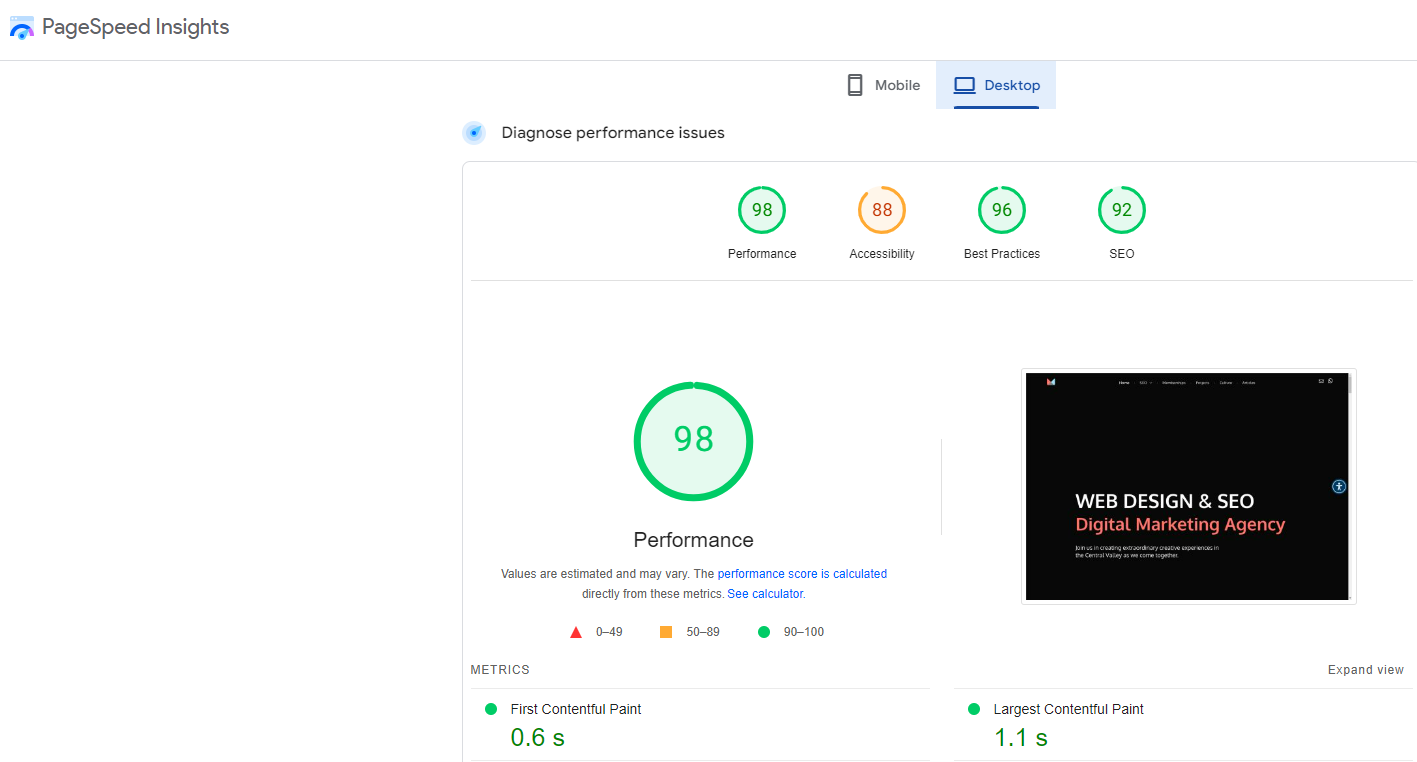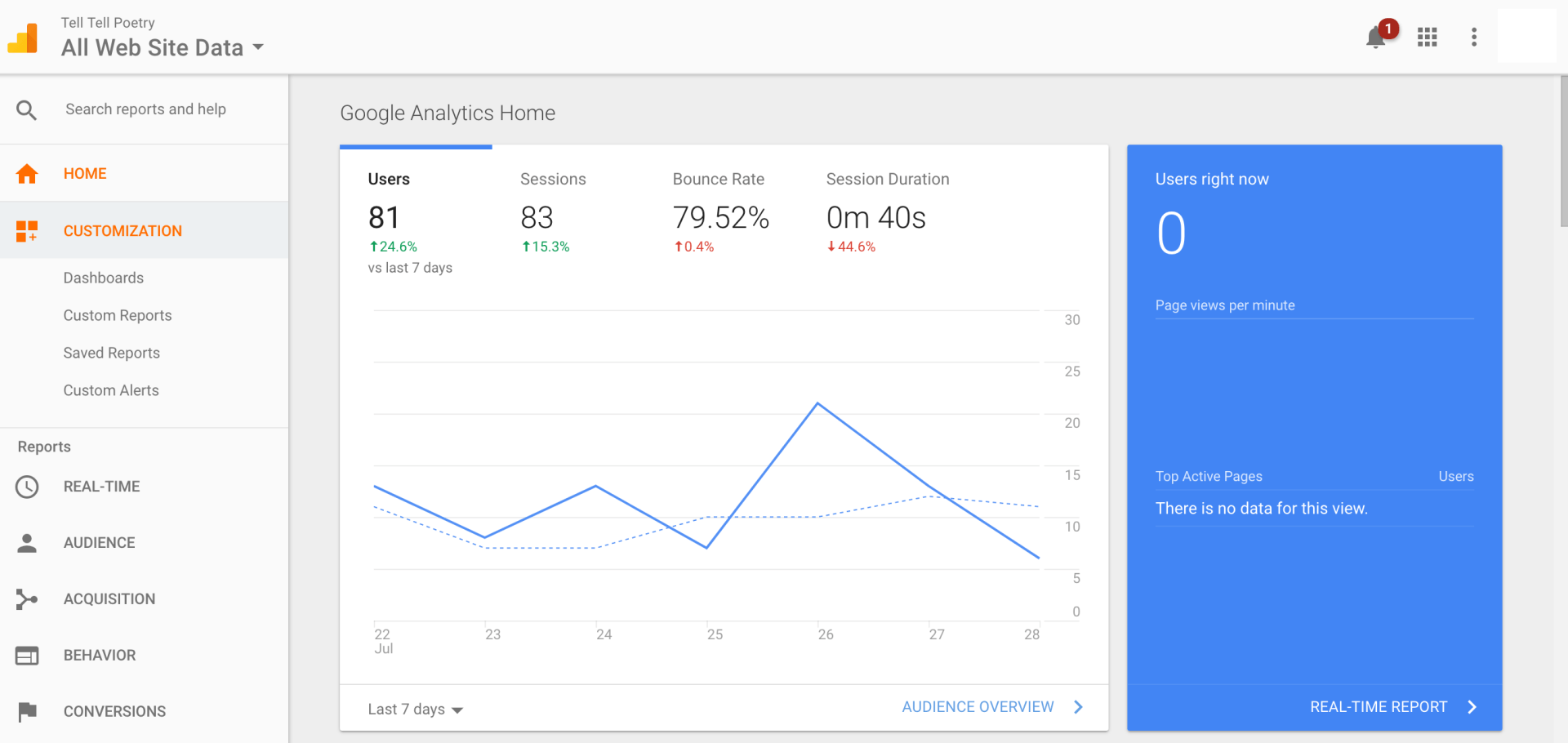How to Rank on Google: 5 Easy Steps

Ranking #1 on Google

Introduction
Ranking on Google is like finding the holy grail for anyone with a website. Whether you’re running a blog, an online store, or a service-based business, appearing on the first page of Google can make a huge difference in your traffic and, ultimately, your success. But how exactly do you get there? The good news is that it’s not as mysterious as it seems. By following these five easy steps, you’ll be well on your way to climbing those Google rankings.
Step 1: Conduct Keyword Research
Importance of Keywords
Keywords are the foundation of SEO. Think of them as the bridge between what people are searching for and the content you’re providing. Without the right keywords, your content might as well be invisible.

Tools for Keyword Research
There are several tools available to help you find the best keywords for your content. Some popular ones include Google Keyword Planner, Ahrefs, SEMrush, and Ubersuggest. These tools can show you search volume, competition, and even suggest related keywords that you might not have thought of.
Long-tail vs. Short-tail Keywords
Long-tail keywords are phrases that are more specific and usually longer than short-tail keywords. While short-tail keywords (like “shoes”) have higher search volumes, they are also more competitive. Long-tail keywords (like “best running shoes for flat feet”) might have lower search volumes, but they are often easier to rank for and can bring in more targeted traffic.
Step 2: Optimize Your Website Content
Quality Content is King
Google loves quality content. This means your content should be well-written, informative, and engaging. It should provide real value to your readers.
Using Keywords Naturally
Once you have your keywords, it’s important to use them naturally throughout your content. Keyword stuffing (cramming your keyword into every other sentence) can actually hurt your ranking. Instead, aim to include your keywords in your headings, subheadings, and naturally throughout the text.
Engaging and Valuable Content
Your content should not only be informative but also engaging. Use a conversational tone, ask rhetorical questions, and include analogies and metaphors to keep your readers interested. The longer they stay on your page, the better it is for your ranking.
Step 3: Improve Your Website's Technical SEO
Site Speed and Performance
A slow website can kill your ranking. Google wants to provide the best user experience, and that includes fast-loading websites. Tools like Google PageSpeed Insights can help you identify and fix speed issues.

Mobile-Friendliness
More people are browsing the web on their phones than ever before. Make sure your website is mobile-friendly and looks good on all devices. Google’s Mobile-Friendly Test can help you see how your site performs on mobile devices.
Secure Your Site with HTTPS
Security is a big deal for Google. Make sure your website is secure by using HTTPS. This not only protects your users but also gives you a slight ranking boost.
Fixing Broken Links and Errors
Broken links and errors can hurt your SEO. Regularly check for and fix any broken links, 404 errors, and other technical issues to keep your site in good shape.
Step 4: Build High-Quality Backlinks
Importance of Backlinks
Backlinks are like votes of confidence from other websites. The more high-quality backlinks you have, the more authoritative your site appears to Google.
Strategies for Earning Backlinks
There are several strategies for earning backlinks, including creating high-quality content that others want to link to, reaching out to websites in your niche, and leveraging your network.
Guest Blogging and Outreach
Guest blogging is a great way to earn backlinks. By writing articles for other websites, you can include a link back to your own site. Outreach, or reaching out to other website owners and bloggers, can also help you earn valuable backlinks.
Step 5: Utilize Social Media and Online Marketing
Promoting Content on Social Media
Social media is a powerful tool for promoting your content. Share your articles, blog posts, and other content on platforms like Facebook, Twitter, LinkedIn, and Instagram to drive traffic to your site.

Importance of Social Signals
Social signals, such as likes, shares, and comments, can indirectly affect your SEO. While they aren’t a direct ranking factor, they can help increase your visibility and drive more traffic to your site.
Engaging with Your Audience
Engage with your audience on social media by responding to comments, answering questions, and joining in on relevant conversations. This helps build a community around your brand and can lead to more traffic and backlinks.
Additional Tips for Maintaining Your Google Rank
Regular Content Updates
Google loves fresh content. Regularly updating your website with new and relevant content can help maintain and improve your ranking.
Monitoring Analytics and Performance
Use tools like Google Analytics to monitor your website’s performance. Pay attention to metrics like bounce rate, average session duration, and pages per session to understand how users are interacting with your site.
Adapting to Google Algorithm Changes
Google’s algorithm is constantly changing. Stay up-to-date with the latest SEO news and be prepared to adapt your strategies as needed to maintain your ranking.

Conclusion
Ranking on Google doesn’t have to be a daunting task. By following these five easy steps—conducting keyword research, optimizing your content, improving your technical SEO, building high-quality backlinks, and utilizing social media—you’ll be well on your way to achieving better visibility and driving more traffic to your site. So, what are you waiting for? Start implementing these strategies today and watch your Google ranking soar!
FAQs
How long does it take to rank on Google?
It can take anywhere from a few weeks to several months to see significant changes in your Google ranking. The timeframe depends on various factors, including the competitiveness of your keywords and the quality of your SEO efforts.
What is the most important factor in Google ranking?
There isn’t a single most important factor, as Google’s algorithm considers hundreds of signals. However, high-quality content and backlinks are among the most crucial elements for ranking well.
Can I rank on Google without backlinks?
While it’s possible to rank without backlinks, having high-quality backlinks significantly improves your chances. Backlinks are a strong signal to Google that your content is valuable and authoritative.
How often should I update my website content?
Regular updates are beneficial. Aim to add new content or update existing content at least once a month to keep your site fresh and relevant.
Are paid ads necessary for good Google ranking?
Paid ads can drive traffic to your site, but they don’t directly affect your organic Google ranking. Focus on strong SEO practices for long-term success in organic search results.

























